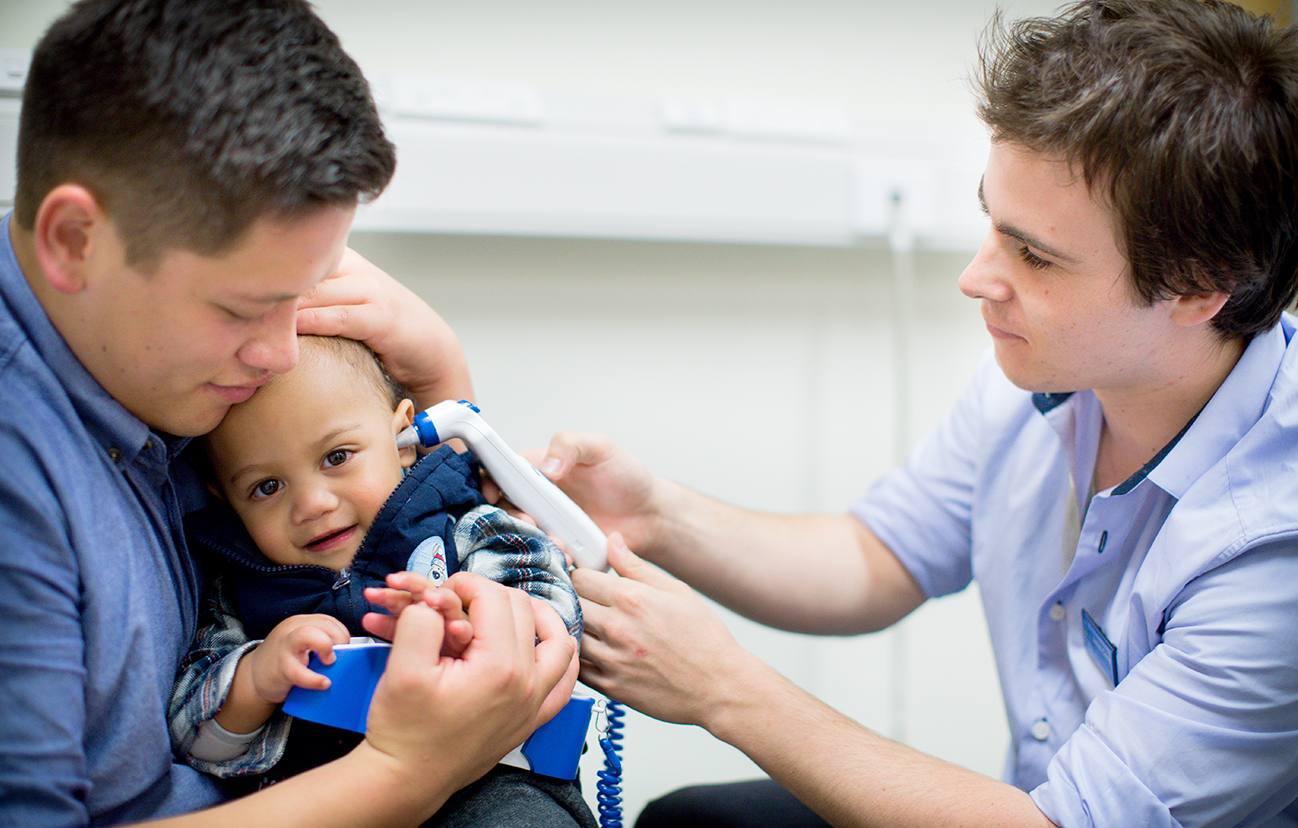Editorial - Volume One, 2013
 https://orcid.org/0000-0003-2467-9233
https://orcid.org/0000-0003-2467-9233
Main Content
Editorial
By Jean Ross, Principal Lecturer
Editor in Chief
This first edition of the School of Nursing Online Journal celebrates student nurses’ published academic work. These students have the opportunity to contribute to the growing body of nursing knowledge. Positioning this work within an online medium offers the opportunity for a wide audience with the benefit of engaging with this work. The overall aim of the Journal is to improve access to evidence-based knowledge transferred between students, colleagues, stakeholders and academic staff.
The Bachelor of Nursing Degree (BN) situated within the School of Nursing, Otago Polytechnic, Dunedin, New Zealand is a three year programme. Nursing is an applied discipline where the emphasis is on practice supported by education, research and evidence-based knowledge. Nursing is concerned with the care of individuals, groups and communities’ while developing partnership with clients (Otago Polytechnic, 2009). Nurses utilise evidence-based knowledge to guide their practice decisions and improve outcomes for their clients, population groups and society. Nurses’ are the largest international professional group of health care professionals and make a significant contribution to the health of people, nationally and internationally (International Council of Nurses, 2009). Therefore, nurses ‘have a significant potential to improve the health care of diverse population groups, acting as change agents and leaders in the health care context. The educational content of the BN programme prepares students to become professional practitioners. This programme comprises theoretical and clinical courses while providing opportunities for independent and experiential learning, research and the opportunity to add to the growing body of the professions’ knowledge (Otago Polytechnic, 2009). The School of Nursing’s’ stakeholders include colleagues in clinical practice situated in the District Health Board, Primary Health Care Organisations, non-government organisations and private practitioners as well as the nursing profession as a whole. The significance of nurses’ contribution to society and their professional obligation is discussed throughout the three year programme.

The BN programme comprises of theoretical and clinical courses. Students are introduced to both types of courses throughout the degree programme. The clinical environment is where students experience the ‘real world’ applying the theory from theoretical courses into their practice. Theories relating to practical aspects of nursing are applied by student nurses with vigour, including, communication skills; sociology; psychology and models of nursing practice associated to mental health; health promotion and medical/surgical nursing that incorporates some of the knowledge necessary to practice as a student nurse. However, this vigour is not generally replicated when students are encouraged to utilise the principles of research, nursing theories and models in practice, which guide practice. This is not an uncommon factor within the culture of the profession of nursing (Rolfe, 1998; Mannis & Street, 2000). Given this background, the third year students in the BN programme generally have a negative outlook about research, and their contribution to evidence-based practice, and change which they express through formative and summative evaluations related to the BN courses. As all of these areas are a component of the learning outcomes and indicative content of the programme, it is imperative learners engage with evidence-based knowledge and experiences this as an important component of nursing practice.

Given this background information this stimulated my thinking as to how I could enhance the student learners’ engagement with the Professional Nursing: Theory and Research course content and application in clinical practice. This course provides the learner to consider an area of clinical practice which could be improved as a component of one of their assessments. For this to occur the student is required to reflect on practice and decide on a suitable topic. The rationale for inviting the learner to choose their own topic engages with constructivist theory and the active learner will be energised to produce a good assignment while retaining the knowledge generated to build up a strong, sound argument which the content can be replicated. Casey and Wilson (2005) explain this approach assists the student to take ownership of their learning. Students are required to use reflective and critical thinking to assist their learning and development of this assessment. According to Macleod Clark and Maben (1998) reflective and critical thinking are a necessary component in which to become an effective health care practitioner who unites theory, research and evidence in practice.
All of the above criteria require the student to analyse, evaluate data, apply the information, recall previous learning and reflect on practice. This criteria is demanding, rewarding and engages students who become committed to their chosen clinical topic. This assessment is fair and usable by informing clinical practice, valid and reliable and has the opportunity to update the wider health environment (our stakeholders and colleagues) as discussed by Race, Brown and Smith (2005). This approach engages with a flexible learning strategy as discussed by Casey and Wilson (2005). There is a move away from teacher-led or top down approach by ensuring the provision of education is more inclusive and learner-led or considered as a bottom up educational processes, which Casey and Wilson (2005) state, offers learners to be in control of their own learning supported by the educational philosophy of constructivism.
As stated above the redesign of the course incorporates, a flexible learning approach including web-based access of course content (of which this Online Journal will be included). Technology does not stand alone but blended into course content and delivery. Pedagogy as discussed by Casey and Wilson (2005) is the ‘art and science’ (p. 21) of which there are three main theories of teaching, according to Paul Ramsden and advanced on by Diana Laurillard (cited in Casey & Wilson, 2005).
The first of these theories refer to the design, delivery, and organisation of content of teaching. The second refers to the design, organisation and management of student activities and the third the interaction with students and adapted teaching activities to make learning possible (p. 22).
References
Casey, J., & Wilson, P. (2005). A practical guide to providing flexible learning in further
and higher education. Glasgow: Quality Assurance Agency for Higher Education Scotland.
International Council of Nurses (2009). Fight or flight: Survey shows mounting workplace
challenges require attention to keep nurses from leaving. Retrieved from http://www.icn.ch/es/news/fight-or-flight/
Macleod Clark, J. & Maben, J. (1998). Health promotion: perceptions of project 2000
educated nurses. Health Education Research, 13, 185-196.
Manias E. & Street A. (2000). Possibilities for critical social theory and Foucault’s work: a
toolbox approach. Nursing Inquiry 7(1) 50-60.
Otago Polytechnic (2009). School of Nursing programme document: Version 4. Dunedin:
Author.
Race, P., Brown, S. & Smith, B. (2005). 500 tips on assessment. London: Routledge.
Rolfe, G. (1998). Expanding nursing knowledge: Understanding and researching your own
practice. Oxford: Butterworth Heinemann.
Correspondence to jean.ross@op.ac.nz

